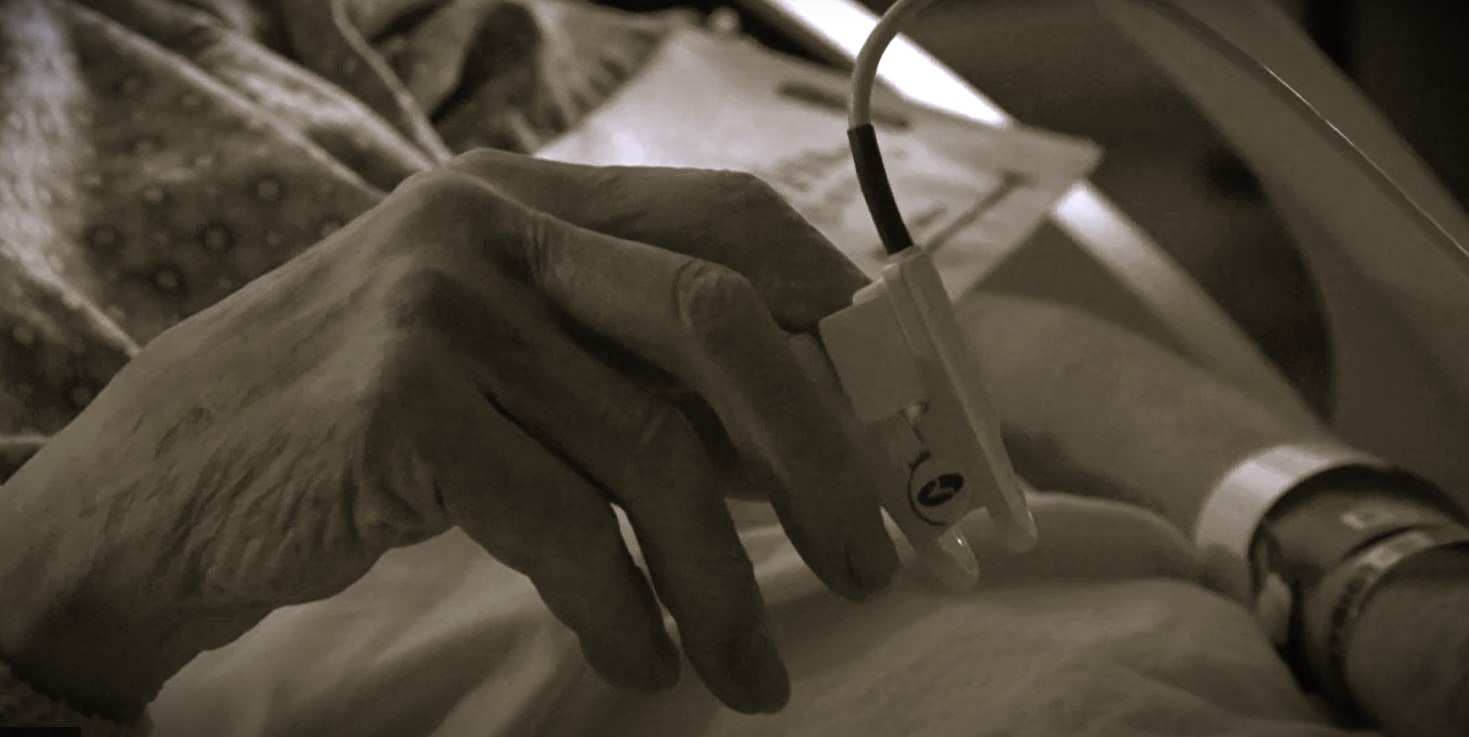Healthcare planning needs to be proactive: EPH physicians give five tips

No one wants to think about end-of-life planning. However, there are steps you can take now to make the process as simple as possible for you and your loved ones.
“Our state of health may change at any moment,” said Dr. Nicholaus Mize, an internal medicine physician at Estes Park Health. “Planning for health changes allows the patient to be in control of what path they want the medical field to take for them. It aids all care givers at home, a facility, or in a medical setting know what the patient wants in relation to the patient’s state when the patient may not have the ability to do so. It takes weight and distress away from loved ones, friends, and even the medical team when there has been a discussion including the patient with their Primary Care Physician about treatment goals, or directives at different states of health. At the very least, developing end-of-life wishes, albeit at times difficult to contemplate, is important for all those reasons. The planning comes from a place of love as we all try and protect our loved ones from being the voice of the patient during their own heavy emotions.”
Five Recommendations from Physicians
- Establish a relationship with your Primary Care Physician (PCP). Your PCP will have appropriate conversations about your condition and future options with you.
- Know your insurances and/or your financial resources.
- Identify your family and friend resources.
- Make your wishes known through an Advance Health Care Directive, Living Will, Colorado Medical Orders for Scope of Treatment. Also see fivewishes.org.
- Appoint someone to speak on your behalf if you cannot. Medical Durable Power of Attorney.
Estes Park Health Chief Nursing Office Pat Samples stressed that end-of-life planning can be difficult for everyone.
“There are some resources to support you and your loved ones (which can be family and/or friends) talking through the process, like the 5 Wishes document,” Samples explained. “The documents to complete can vary depending on how detailed you want the plan to be. The MOST (Medical Orders for Scope of Treatment) form is one page. A living will include your identified medical power of attorney and your wishes based on the circumstance. Be sure to include your primary care provider in your decisions to ensure you and your loved ones have a good understanding of the different options. There is no one right form or document, it is individualized.”


